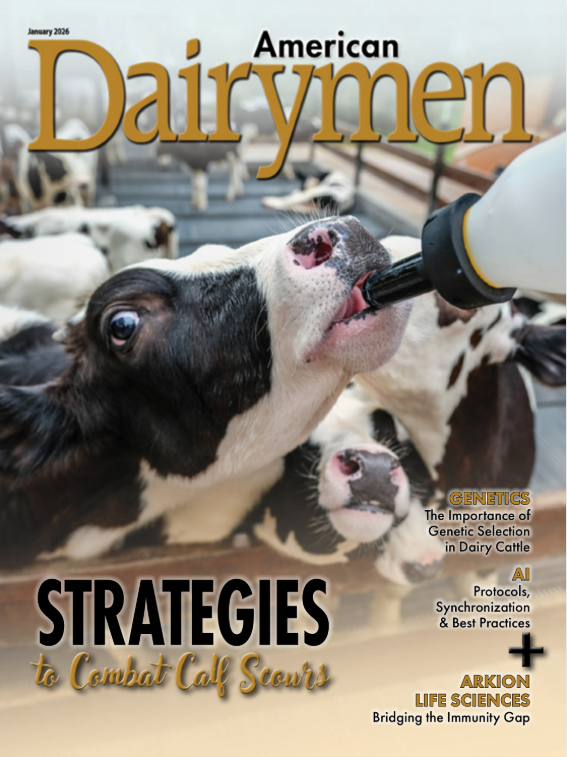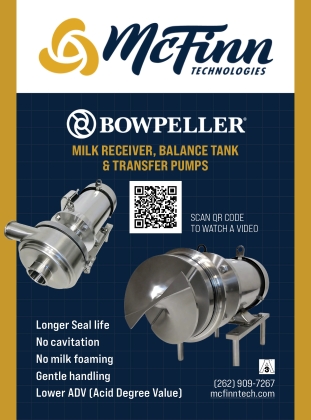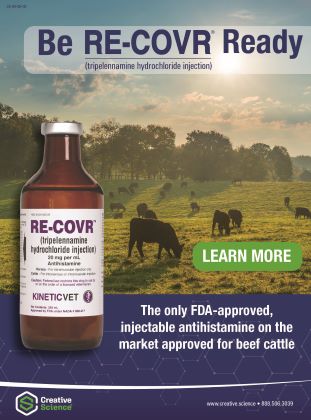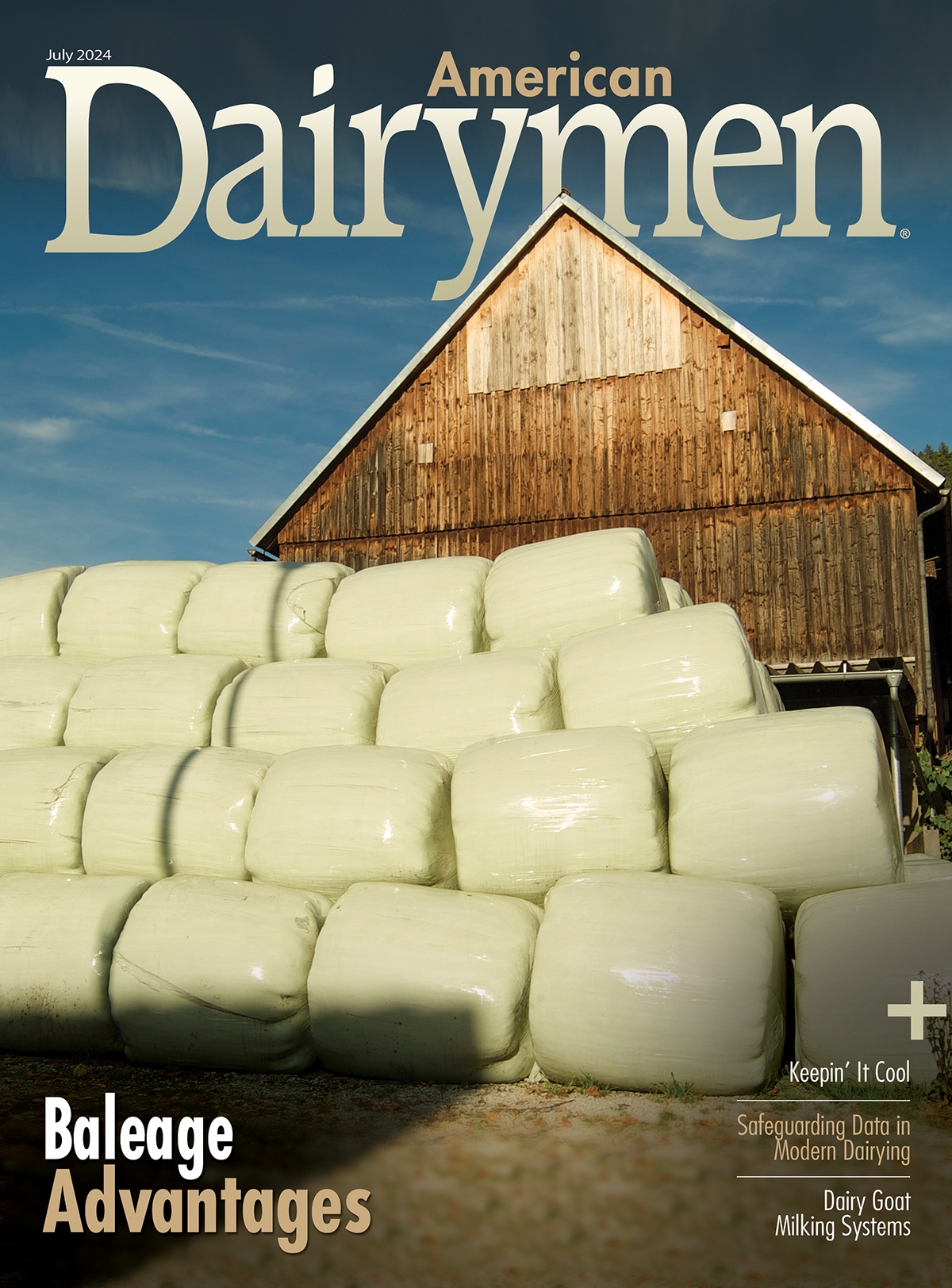Check Out Our Current Issue!

BouMatic introduces the MilkGenius
BouMatic introduces the MilkGenius In-Line Milk Analyzer into it’s Gemini UP milking robot and milking systems Madison – USA, Remicourt – Belgium, Emmeloord – The Netherlands, Skjern – Denmark – 26 May 2025 – BouMatic announces the release of the MilkGenius In-Line Milk Analyzer into it’s Gemini UP milking robot and other BouMatic milking systems. […]
READ MORE
Dairy Nutrition and Management Conference
Four-State Dairy Nutrition and Management Conference set for June 11 and 12 AMES, Iowa—Dairy farmers and industry professionals are invited to attend the 2025 Four-State Dairy Nutrition and Management Conference, which will be held on June 11 and 12 at the La Crosse Center in La Crosse, Wisconsin. The conference will feature the latest insights […]
READ MORE
Media Interns for 2025
MADISON, WIS. – As the 58th World Dairy Expo approaches, Expo is searching for college students passionate about the dairy industry to be part of the 2025 media team. WDE is seeking media interns for 2025 event. Under the direction of Expo’s Communications Manager and Digital Marketing Specialist, media interns assist with media initiatives at […]
READ MORE
NCBA and PLC Help End Targeted Persecution of Maude Family
WASHINGTON (April 28, 2025) – Today, the National Cattlemen’s Beef Association (NCBA) and the Public Lands Council (PLC) commended U.S. Secretary of Agriculture Brooke Rollins for ending the overzealous criminal prosecution of family ranchers Charles and Heather Maude. Secretary Rollins’ announcement today is welcome news both for the Maude family who have endured arduous court […]
READ MOREFeatured Story
Regenerative Agriculture on a Dairy Farm
Paul and Erin Kernaleguen are dairy farmers and soil consultants near Birch Hills, Saskatchewan, committed to regenerative practices in growing forage for their cattle. They farm with Paul’s Parents, Jos and Brenda.
“We were a very conventional dairy operation until 2012 when we started looking at doing some things differently because our weather was super-wet for a couple years. Our average annual precipitation is about 12 inches of moisture, but we’d had two years in a row with about 40 to 50 inches, which made farming extremely difficult!” says Paul.
Twin Rivers Media
Publisher of American Cattlemen and American Dairymen magazines. Founded over 30 years ago, Twin Rivers Media serves the information and marketing needs of America’s beef and dairy producers.
In addition to our industry leading print magazines, Twin Rivers Media is a comprehensive multi-media communications company reaching producers and suppliers across all media channels.








